5-Day Commentary Challenge - Revelation 2-3 Sample
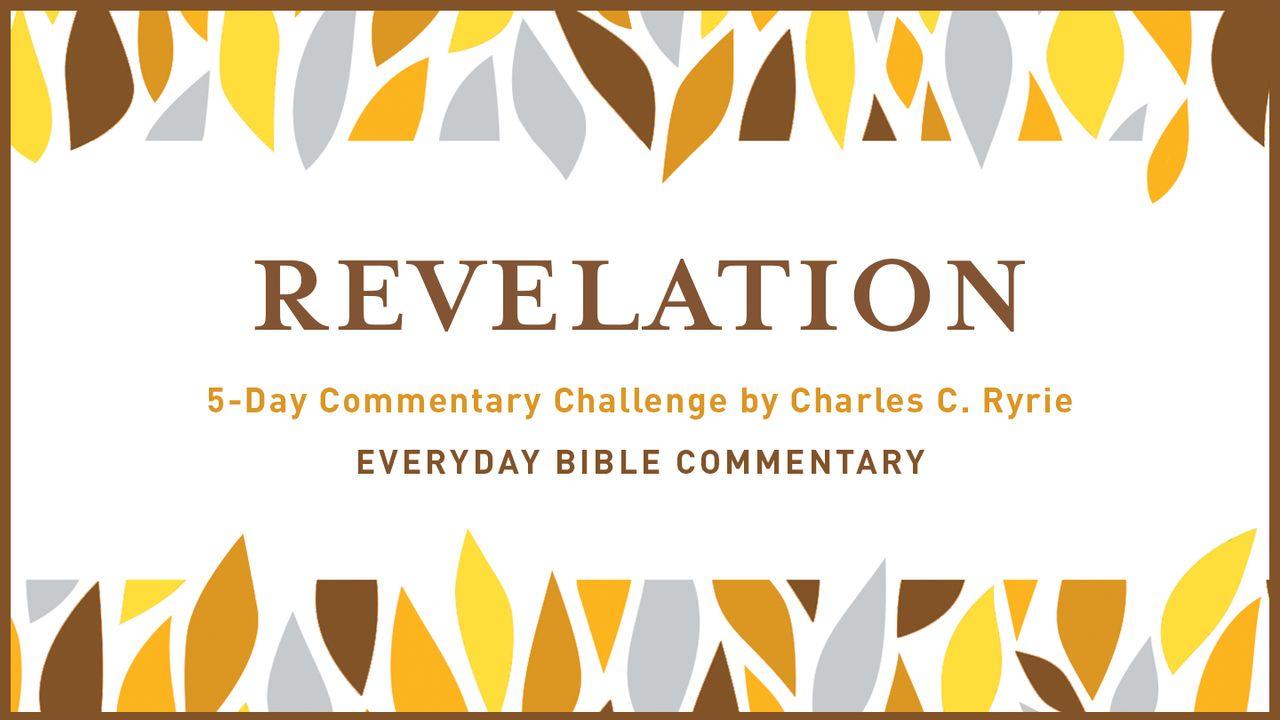
The Letter to Smyrna, 2:8–11
Destination, 2:8
Smyrna (Izmir today}, about thirty-five miles north of Ephesus, was and continues to be an important seaport city. It also was a commercial center known for its trade in wines. It was a beautiful city and the site of many temples, including one erected in honor of the Emperor Tiberias. It boasted a stadium and a library. There were many apostate Jews there who were often leaders in agitating persecution of Christians. The word itself means “bitter,” being translated elsewhere in the New Testament as “myrrh” (Matt. 2:11; Mark 15:23; John 19:39). If it represents an era in church history, it pictures the post-apostolic era up to the time when Constantine espoused the Christian faith.
It was also a center of growing worship of Caesar. This evolved from “a spirit of Rome” to “gratitude for Rome” to “the peace of Rome” and finally to “the god of Rome” embodied in the emperor. In other words, a man-god was being substituted for the God-man. In its early stages emperor worship was voluntary, but patriotic/religious enthusiasm began to make it compulsory. A pinch of incense was offered to Caesar to show the worshiper’s devotion and allegiance to Caesar. For this act the worshiper received a certificate. One such read, “We, the representatives of the Emperor, Severos and Hermas, have seen you sacrificing.” Even though one acknowledged Caesar as Lord, he or she could also worship other gods as well, but a Christian could do neither.
The Lord, 2:8
To a church under persecution, many of whose members would experience martyrdom, the Lord appropriately presents Himself as the One who died and lived, thus assuring them of the hope of resurrection.
Commendation, 2:9
The church is commended for its wealth in the midst of the most trying circumstances. Of course, this is spiritual wealth, for they were poor and persecuted. The instigators of the persecution were apostate Jews who were in reality instruments of Satan. When Polycarp was martyred at Smyrna in AD 155, these Jews eagerly assisted by gathering on the Sabbath wood for the fire in which he was burned.
Exhortation, 2:10
In place of any word of condemnation (as also in the case of the church at Philadelphia), there is exhortation not to fear and a promise of a crown of life for faithfulness (cf. James 1:12). Satan would move people to cast some of these believers into prison, and persecution for “ten days” would result in some being killed. The ten days may refer to a brief, intense time of trouble, or it may indicate the ten principal persecutions under the Roman emperors from Nero to Diocletian.
Promise, 2:11
The promise to the believer-overcomer is that he or she shall not have a part in the second death, which is the Lake of Fire (20:14; 21:8). In other words, the believer will share in the resurrection, not in the torment that awaits the unbeliever. The certainty of this promise is emphasized by the use of a double negative in the text.
The Letter to Pergamum, 2:12–17
Destination, 2:12
The two parts of the name “Pergamum” (about forty-five miles north of Smyrna and seventy-five miles north of Ephesus) mean “elevation and marriage.” For many centuries it was an independent kingdom, but it became part of the Roman Empire in 133 BC and the location of the only provincial temple of the imperial cult in Asia erected in honor of Augustus Caesar (who reigned when Jesus was born). It also boasted one of the finest libraries of antiquity, with two hundred thousand books (all manuscripts), and was the place where skins were first used for writing on. Papyrus, which disintegrates over a relatively short period of time, was replaced by long-lasting skins. This is evidence of the providence of God, for otherwise we would have far fewer copies of ancient manuscripts of the New Testament. This church might characterize the period beginning with the legalizing of Christianity by Constantine in AD 313.
The Lord, 2:12 (cf. 1:16)
The two-edged sword is the symbol of the word of Christ, the assurance of judgment on the basis of absolute truth.
Commendation, 2:13
The Lord commends the church for its steadfastness in the very center of Satan’s domination. Antipas (either one of their members or someone brought to Pergamum for trial) had already suffered martyrdom. “Satan’s throne” refers to pagan Pergamum’s worship either of the Roman emperor (for like Smyrna it was a center of emperor worship) or of the Greek gods in the temple or of Zeus at his altar on the Acropolis (or all three). Among the gods worshiped were Dionysus, the god of wine, and Asklepios, the god of healing. Snakes were associated with the worship of both gods. Little wonder the city was the throne of Satan, the serpent.
Condemnation, 2:14–15
The condemnation was in the realm of morals (doctrine of Balaam) and of doctrine (the Nicolaitans). Balaam (Num. 22:1– 24:25), finding himself unable to curse God’s people, instructed Balak king of Moab to corrupt them through immorality and idolatry so that God eventually judged them. His doctrine is the teaching of compromise in life. As noted earlier, the doctrine of the Nicolaitans may be the same teaching (i.e., compromise) or it may be an unwarranted exaltation of the clergy. Meals consisting of meats sacrificed to idols were generally held in heathen temples, and the believers are forbidden to participate (cf. 1 Cor. 10:14–22).
Exhortation, 2:16
The call to repentance is coupled with a warning of judgment on the basis of the Word of God.
Promise, 2:17
Hidden manna is the sufficiency of Christ in contrast to the allurements of the world that compromise offered. Manna replaces meats offered to idols. The meaning of the white stone with the new name written is derived from either or both of two customs of the day. The first was that of judges, who determined a verdict by placing in an urn a white and a black pebble. If the white one came out, it meant acquittal; thus the white stone would mean the assurance that there is no condemnation to those who are in Christ Jesus. The other custom was the wearing of amulets as good luck charms around the neck. If this is the reference, then the stone is the Lord’s way of reminding the people that they had Him and needed no other thing.
Scripture
About this Plan

This reading plan is from the Everyday Bible Commentary on Revelation 2-3 and will help you develop a deeper understanding of Jesus' letters to the churches. It is for anyone who has a desire to increase their understanding of Scripture and strengthen their relationship with God.
More
We would like to thank Moody Publishers for providing this plan. For more information, please visit: https://www.moodypublishers.com/books/bible-study-and-reference/revelation--everymans-bible-commentary/
Related Plans
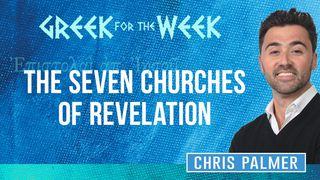
Greek For The Week: The Seven Churches Of Revelation

4 Messages Of Hope In Revelation
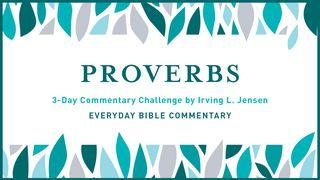
3-Day Commentary Challenge - Proverbs 1-2
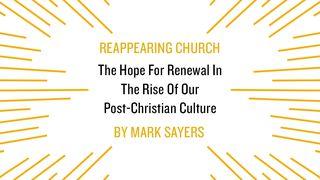
Reappearing Church - A 3 Day Plan
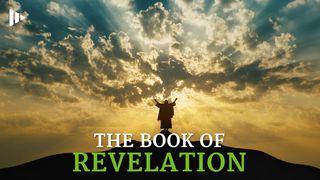
The Book of Revelation: Video Devotions From Time of Grace
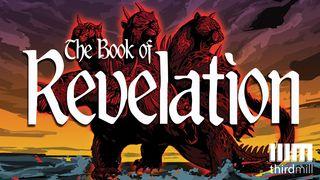
The Book Of Revelation

Read the Book: July - September

Faith @ Work

Pastor: The Leadership Trap That Destroyed King Zedekiah (And How to Avoid It)
